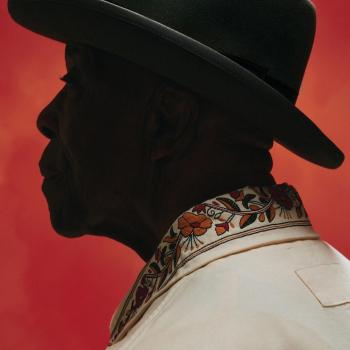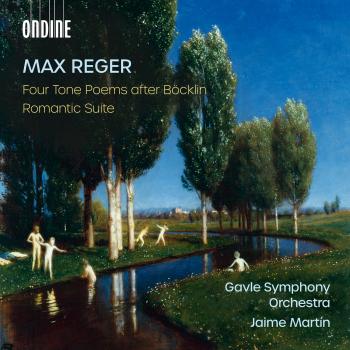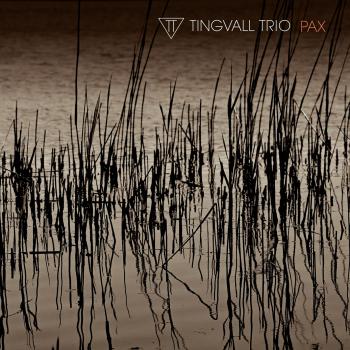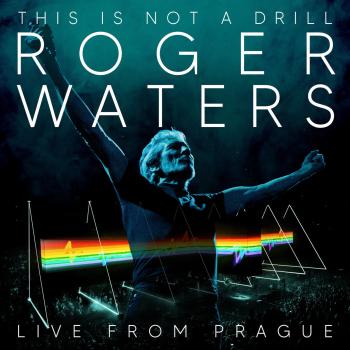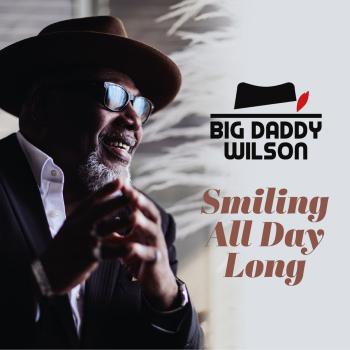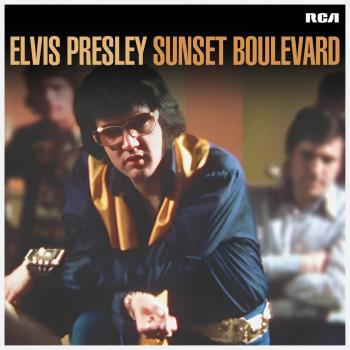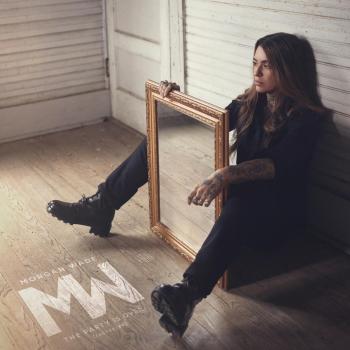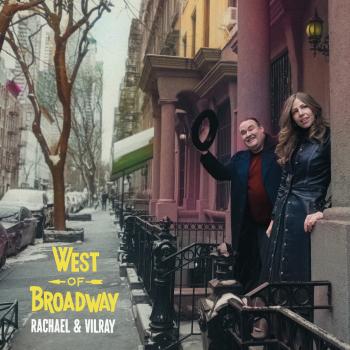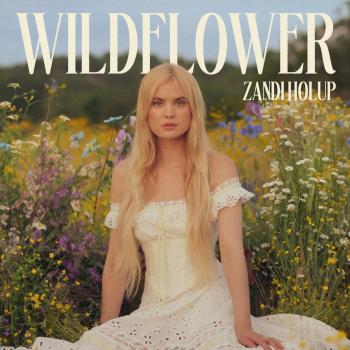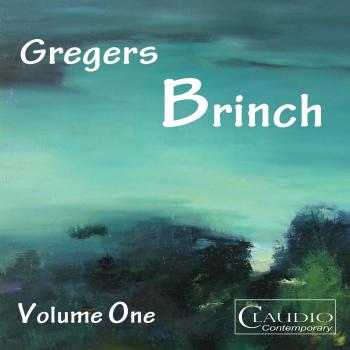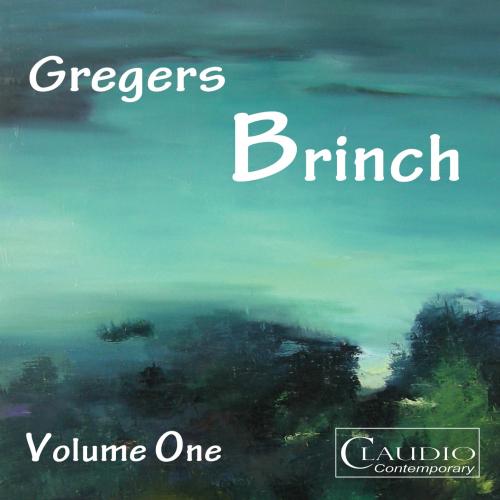
Album Info
Album Veröffentlichung:
2009
HRA-Veröffentlichung:
08.08.2025
Das Album enthält Albumcover
Coming soon!
Danke, dass Sie sich für dieses Album interessieren. Sie können das Album noch nicht kaufen. Dafür schon mal reinhören!
Tipp: Nutzen Sie unsere Merkliste-Funktion.
- Gregers Brinch (b. 1964): Sonata for Cello and Piano No.1:
- 1 Brinch: Sonata for Cello and Piano No.1: Quasi Un Fantasia 06:50
- 2 Brinch: Sonata for Cello and Piano No.1: Largo e masto 04:47
- 3 Brinch: Sonata for Cello and Piano No.1: Allegro con Brio 03:51
- String Quartet No. 2 ‘Good and Evil’:
- 4 Brinch: String Quartet No. 2 ‘Good and Evil’: Grave, Allegretto, Grave 05:25
- 5 Brinch: String Quartet No. 2 ‘Good and Evil’: Mysterioso 01:54
- 6 Brinch: String Quartet No. 2 ‘Good and Evil’: Allegro ma non troppo 02:02
- 7 Brinch: String Quartet No. 2 ‘Good and Evil’: Lento 07:21
- Sonata for Cello and Piano No.2:
- 8 Brinch: Sonata for Cello and Piano No.2: Moderato con espressione 06:45
- 9 Brinch: Sonata for Cello and Piano No.2: Lento Ostinato 05:50
- 10 Brinch: Sonata for Cello and Piano No.2: Interlude Adagio 04:55
- 11 Brinch: Sonata for Cello and Piano No.2: Finale 02:49
Info zu Gregers Brinch Vol. 1
Sonata for Cello and Piano No.1: The first movement ‘Quasi un Fantasia’ was composed in Hamburg in 1989/1990 with dance choreography in mind. The opening theme is catapulted forward for a short burst going through a number of distantly related keys, before a strongly contrasting theme appears in response. I was particularly keen on exploring the circle of mediants as can be heard in the waltz-like theme in the middle of the movement. In 2006 I made major revisions to the work, adding strong passages with much freer writing and ruthlessly cutting out other themes and passages.
The second movement Largo e Mesto brings an air of simplicity and depth to balance the complex form of the first movement. Finding the power in the combination of tempo, melodic gesture and sense of creating space was very exciting. It was a real relief to compose such a piece and it remains one of my personal favourites.
The last movement Allegro con Brio came about under pressure, I had less than two days to complete the Sonata before the performance and wanted to contrast the first two movements with a strong sense of forward driving movement in the finale. So I took up the challenge of creating a duo out of a solo piece (the finale for the Suite for Solo Cello) as I had felt for some time that a rendition of that movement would be possible for two instruments.
String Quartet no.2 ‘Good and Evil’: All of the movements of the Quartet No. 2 started life in other works. However, the quartet is dedicated to the Bergersen Quartet (Jonathan Truscott, Craig Stratton, Elisa Bergersen and Rachel Firmager) in May 2009.
The first movement ‘Grave, Allegretto, Grave’ was originally for double bass, cello, viola and violin. In this movement there is a deliberate attempt to deal with the question of how evil can arise out of good, hence the name.
The second movement ‘Mysterioso’ is taken from a short piece for choir, solo-soprano and string quartet to a poem by the Danish Poet Halfdan Rasmussen. The poem paints a vivid picture of the sound of soldiers at night marching in the distance where the cities are burning, and how a spark from one of the boots becomes a star in the night-sky.
The third movement Allegro ma non troppo was originally scored for three violins and a French horn, but fares just as well as a string-quartet. The piece was inspired by the Christian festival of Ascension and simply attempts to evoke a feeling of ascending into the clouds on an up-surging current of pentatonic simplicity.
The last movement Lento was in another life the second movement of the Flute-quartet. This movement gives the first violin a great deal of scope for individual expression with many solo passages.
Sonata for Cello and Piano No.2: I have dedicated this Sonata to cellist Rohan de Saram and pianist William Hancox. William and I had been working for a couple of years on my Lieder-repertoire, and he suggested taking the compositional aspect of our collaboration a step further. I invited Rohan de Saram to join this venture and upon his agreement the music just flowed with a freedom I have seldom experienced.
The first movement Moderato con Espressione is built upon a theme of seventh, prime and third (BCE) which is a warm-up exercise for Eurythmy (a form of expressive dance). It is an exercise to help the Eurythmist tune their soul-body configuration by moving from the tension of the seventh, through the stability of the prime to the clear direction of the major third. The music unfolds by repeatedly moving through the theme. In the middle of the movement the voices come into a passage which contains a quality of ease and simplicity out of which there is a breakthrough into a different dimension, before finally returning to the opening theme with exchanged parts.
The Second movement ‘Lento Ostinato’ slowly evolves its theme out of a complex polyrhythmic interplay. The theme is almost hidden in the texture. I always felt it had an Indian feel to it, which no doubt was inspired by Rohan. Again the tempo is vital to the tranquillity of the music and the unison passages within the complex rhythmical framework create a combination of tension with a sense of ease.
The third movement is an adagio. An ‘Interlude’ which breathes an air of delicacy at first and depth later in the unison passage before launching into the ‘Finale’. The urgency of this last movement provides a contrast to the introspective and relaxed moods of the preceding movements. Again the theme is based on a Eurythmy exercise called the Tao. This exercise uses the notes BAED in a descending order, where the first two notes are played in quick succession and the lower two come more slowly leaving the tonic C to be anticipated rather than heard. This can be experienced most strongly at the end of the movement, which should leave the listener hearing the resolution. Inwardly – hence the listener performs the final note!
"All this fine music-making is served by another of Colin Attwell’s fine recordings. The spaciousness of St Bartholomew’s, Brighton is well captured without losing any musical detail. The cellist is placed to the centre right and the large Steinway occupies the space from left to centre. The quartet is placed right across the sound-stage sounding moderately close but far enough back to hear the acoustic of the building. This is fine, natural recorded sound and the home listener can hear a close facsimile of the performance. No tricks here. The better one’s playing system the better this will all sound." (Dave Billinge, musicweb-international.com)
Rohan de Saram, cello
William Hancox, piano
Bergersen Quartet
Rohan de Saram
made his name as a classical artist until his thirties, but has since become renowned for his involvement in and advocacy of contemporary music.
Rohan de Saram was born to Ceylonese parents in Sheffield, Yorkshire, England. At age 11 he studied with Gaspar Cassadó in Siena and Florence. At 17 he won the Guihermina Suggia Award to study in the UK with Sir John Barbirolli and in Puerto Rico with Pablo Casals. Casals said of him “There are few of his generation that have such gifts”.
Rohan was invited to give his Carnegie Hall debut in 1960 with the New York Philharmonic, playing Khachaturian’s Cello Concerto under the baton of Stanislaw Skrowaczewski. From 1979 to 2005 de Saram was a member of the Arditti Quartet but now works with other artists to pursue his own artistic vision. He has also toured and recorded with Markus Stockhausen’s “Possible Worlds” group. He worked personally with Zoltán Kodály, Francis Poulenc, Sir Adrian Boult, Sir William Walton and Dmitri Shostakovich. He has performed with the major orchestras of Europe, USA, Canada, Australia and the former Soviet Union with conductors such as Barbirolli, Sir Adrian Boult, Zubin Mehta, Seiji Ozawa and William Steinberg.
In ensemble or as a soloist, he has premiered works by Luciano Berio (Il Ritorno degli Snovidenia; Berio was so impressed that he wrote Sequenza XIV (2002) for de Saram, who gave the first performance and then made the premiere recording), Bose, Benjamin Britten, Sylvano Bussotti, John Cage, Sir Peter Maxwell Davies, Philip Glass, Sofia Gubaidulina, Paul Hindemith, Mauricio Kagel, György Ligeti (Racine 19), Wolfgang Rihm, Alfred Schnittke and Iannis Xenakis (Kottos).
Rohan de Saram and Brinch were introduced to one another by pianist Sylvia Clayton. As Rohan de Saram’s studied Brinch’s Suite for Solo Cello and the Sonata No. 1 the project to record the works together with pianist William Hancox was born. Subsequently the 2nd Sonata was especially composed for de Saram and Hancox followed by a Sonata Brevis dedicated to de Saram.
William Hancox
A student of the late Joseph Weingarten, pianist William Hancox is in demand both in the United Kingdom and abroad. He has performed concertos, chamber music and solo recitals throughout the country, notably at the Wigmore Hall and Windsor Castle. He has played in all London’s major concert halls, and broadcast for Classic FM and the BBC. A commitment to contemporary music has led to involvement in many first performances, and he also has a reputation as an exciting lecture recitalist.
His teaching and accompanying activities have involved positions at the Guildhall School of Music and Drama, Trinity College of Music, the Britten-Pears School at Aldeburgh, Dartington International Summer School and visits to Iceland where he has taught, recorded and performed, as well as conducting regular master classes for accompanists.
Recent concert activities include duo recitals in China and at the Cheltenham International Festival of Music where they gave world premieres of song cycles by Roxanna Panufnik and Richard Blackford.
Hancox and Brinch have a rich and varied musical partnership in which Brinch also performs as a Baritone. In addition to premiering Brinch’s songs and chamber-works they have recorded a double CD of songs and piano-works by the late German composer Dorothee Fischer.
The Bergersen Quartet
was founded in 2007 intent on performing and recording works by living composers. The Quartet now has an impressive repertoire of modern works, many of which have been specifically written for or dedicated to them. One of the world’s only string ensembles trained in the extraordinary techniques of spectral music, their other ventures encompass minimalist, contemporary, film, library, pop and world scores.
Dieses Album enthält kein Booklet

